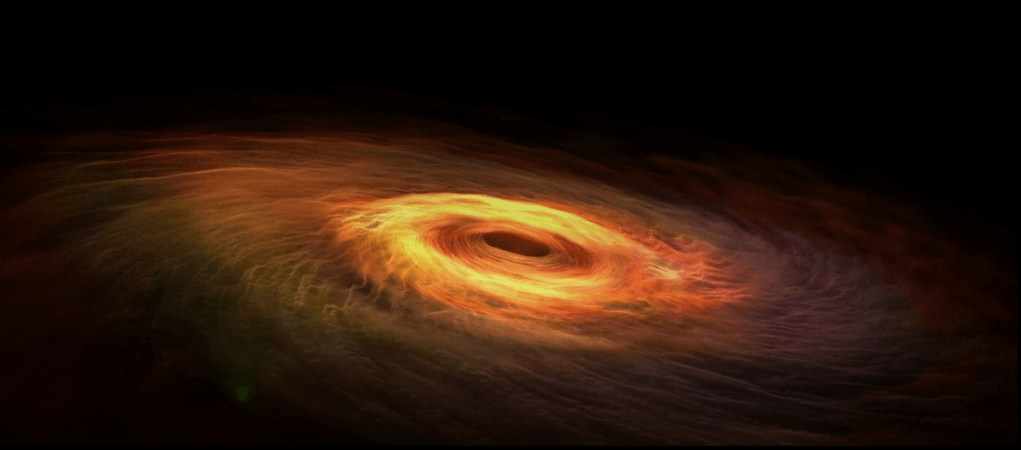Black holes are as mysterious as they get. Just when scientists got around understanding how they are formed, another discovery is challenging those theories. A gigantic black hole that's about 15,000 light-years away from Earth has baffled scientists, raising questions about its formation.
The stellar black hole, LB-1, was discovered by Chinese astronomers and is said to have a mass 70 times greater than our sun, according to a press release from the Chinese Academy of Sciences. Earlier, researchers had believed the maximum mass of a black hole couldn't exceed 20 times the mass of our sun, but LB-1 defies those beliefs.
The LB-1 black hole shouldn't be confused with the supermassive black holes, which are much bigger - probably billions times the mass of our sun. But the newly-discovered black hole is the largest of its kind. The mere existence of LB-1 has puzzled scientists, who are not forced to rethink theories about its formation.

"Black holes of such mass should not even exist in our galaxy, according to most of the current models of stellar evolution."
"LB-1 is twice as massive as what we thought possible. Now theorists will have to take up the challenge of explaining its formation," Liu Jifeng, head of the team that made the discovery, said, according to CNN.
Scientists have proposed a few theories on how the LB-1 black hole was formed, but they do not align with what was widely perceived. As massive stars die, they must lose their mass through explosions and the expelled matter and gas is swept away by powerful stellar winds. In that context, the sheer mass of LB-1 is theoretically impossible, unless new theories are proved.

According to the Chinese astronomers who discovered LB-1, it is possible that the gigantic black hole was not formed from the collapse of one star, but could be a result of two smaller black holes orbiting each other in proximity.
Scientists have proposed another theory, although a long shot, but possible. LB-1 could be a result of fallback supernova, which means the ejected material during the explosion of the star falls back into the supernova, creating a black hole. Scientists haven't observed or even been able to prove this theory, but if this is the case then LB-1 could be a breakthrough in astrophysics.
The findings of the discovery were published in the journal Nature on Wednesday.

















